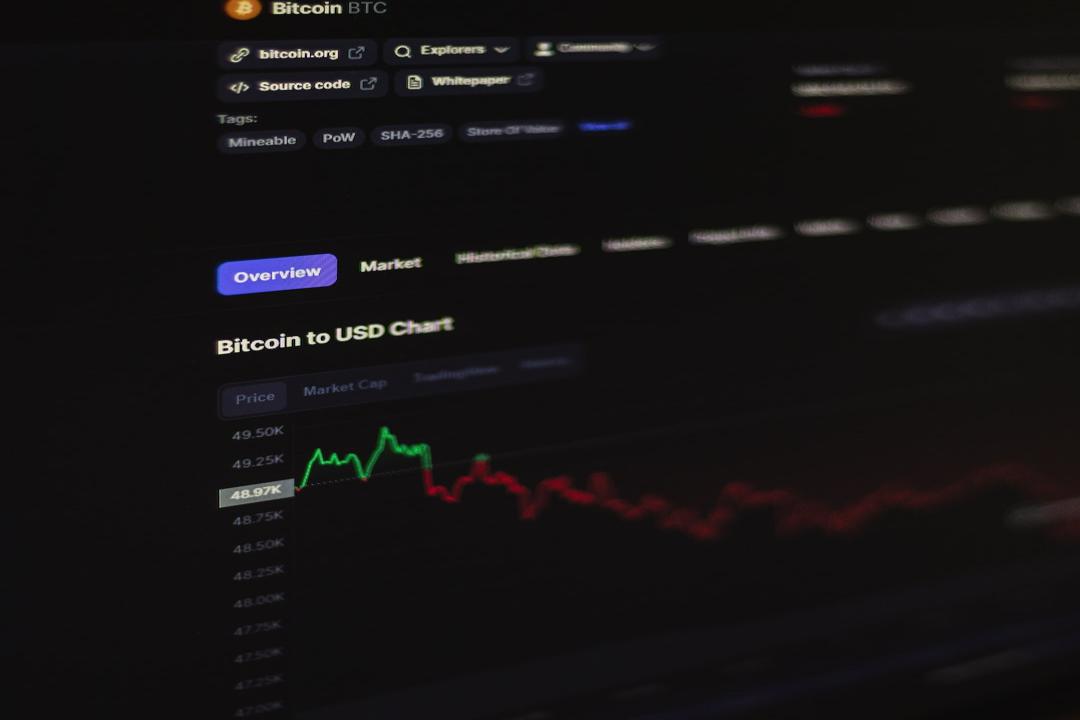Bitcoin mining experienced a significant shift on July 5th, with its difficulty plummeting by over 5% to a quarterly low of 79.50 terahashes (79.5T). This decline marks the most substantial reduction since March, when the difficulty briefly slipped below the 80T mark.
Between March and May, the mining difficulty surged, culminating in a record high of 88.10T, followed by a gradual decline to its current level at the time of this article’s publication.
Mining difficulty is a metric measured in hashrate, reflecting the number of attempts a mining machine must make before successfully solving the cryptographic puzzle needed to unlock a Bitcoin. Hashrates are recalibrated approximately every two weeks, or every 2,016 blocks. Historically, hashrates have shown a consistent upward trend on a monthly basis, with occasional exceptions.

Source:
CoinWarz
In 2014, for instance, hashrates were around 1.1 gigahashes, low enough for most desktop PCs to engage in Bitcoin mining. Higher hashrates require more powerful and energy-efficient rigs to remain profitable.
As Bitcoin adoption increased towards the end of 2017, hashrates reached the terahash milestone for the first time. As of July 6, 2024, they remain stable at 79.5T until the next difficulty adjustment.
At the current difficulty level of 79.5T, mining pool F2Pool estimates that an ASIC rig with an efficiency of 26 watts per terahash or better will remain profitable, assuming Bitcoin’s price stays above $54,000.

Source:
F2Pool
Should Bitcoin’s price decline further, miners would require even more efficient rigs to maintain profitability. Stable conditions are anticipated for major miners, particularly those benefiting from energy subsidies in their mining facilities.

